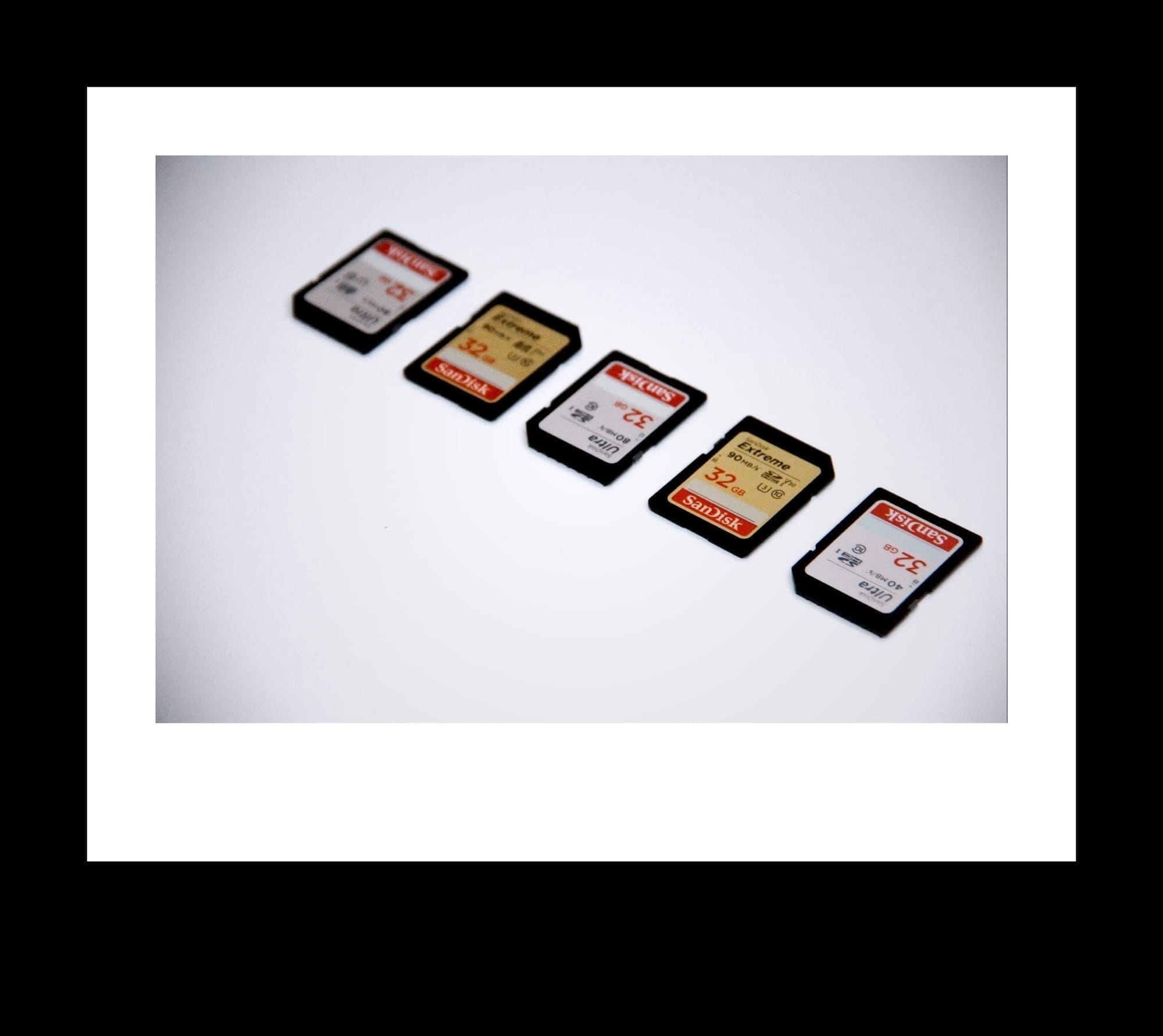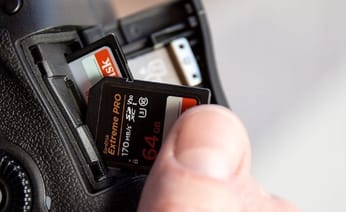
A Photographer’s Backup Nightmare (And the App I Built to Prevent It)
Table of Contents
A while back, I was talking with another photographer who had what I can only describe as a nightmare of an archive system: they never reused memory cards. Instead, they just kept buying new ones and used the cards themselves as the archive. Photos were imported to a computer to be edited, but no backups were made — the only “originals” were still sitting on piles of memory cards.

To make things worse, some files had been moved around using drag-and-drop in the Finder. If you’ve ever done that with Lightroom or Capture One catalogs, you know what happens next: thumbnails might still show up, but the source files are missing. Months went by before they realized they couldn’t export or re-edit those photos anymore. At that point, recovering the originals meant trying to figure out what files were missing, where they had been moved from, and which of many unlabelled memory cards might still hold them.
This is sadly a not uncommon scenario. Many photographers who do attempt to setup a backup workflow discover it requires a lot of manual intervention, or quickly run into apps that are either overly complex, expensive, or limited to one destination.
Worse still, most apps don’t actually check whether the copied files are identical. Just because the copy completed doesn’t mean those files are identical to the originals.

So I set out to build something that solves this for real. A Mac App I'm calling ImageIntact.
What I Built
ImageIntact is a Mac app designed by a photographer (me) with over 25 years of experience in Tech, designed specifically for photographers who just want their backups to be correct - without needing to become an IT expert.
The principle behind the app is to do one thing, and do it exceedingly well, whilst not imposing a massive learning curve on the user.
The workflow is dead simple:
- You choose your source folder.
- You choose one or more destinations.
- Hit Run Backup
and you’re done.

Behind the scenes, ImageIntact:
- Verifies every file after copying to make sure it’s a perfect match. Not just file size and name. It verifies that every bit of the original file is identical to every bit in the copies
- Backs up to up to four destinations simultaneously: local folders, external hard drives, and Network Attached Storage (NAS) folders.
- Never deletes anything: mismatches are quarantined instead of overwritten
- Keeps a record of every file copied and when
- Skips identical files to save time, only copying what’s changed
- Recognizes photo-specific issues, like files with the same size but different contents (e.g., re-exported JPGs)
The code for the entire app is on GitHub, so you can see exactly what it’s doing under the hood if you're willing and able to understand code written in SWIFT. No hidden tracking, no data collection. I don’t even know who’s using it unless you decide to tell me.
Why It Matters
ImageIntact isn’t about data hoarding - it’s about preservation. Most of us don’t lose photos in big dramatic crashes, although those definitely happen. Most of the time we lose them quietly:
- A card gets erased too soon
- Files get moved and catalogs can’t find them
- We assume Time Machine has it - but it didn’t run
- A backup finishes, but no one checked if the copies were identical to the originals.
If you’ve ever tried to piece together a broken archive months later, you know it’s not fun. ImageIntact gives you the peace of mind that your copies are identical to the originals, while you still remember what shoot you just did.
Coming Next
ImageIntact is already solid for core backups, but here’s what’s coming soon, some of which will be "Pro" features:
Smarter Organization
- Option to automatically create date-stamped folders at the destination (e.g., 2025-08-06)
- Intelligent image file detection, even for files with odd extensions
- Custom file filtering to include only RAWs, skip previews, etc.
Workflow and Reporting
- User-defined presets — save your favorite source/destination setups
- Exportable reports to HTML or PDF for proof of backup
- Built-in help file that actually explains things in plain English
Privacy and Trust
- No personal data collected, ever
- 100% open source: because your backup tool shouldn’t be a black box
Try It Free
You can download the latest signed and notarized version here:
The main page for the project, with a longer description of what it is, and other useful information is here.
It’s free to use, forever, and will stay that way for the core backup functionality.
Want to Support the Project?
If this solves a problem you’ve had (or saves you from one you didn’t know you had), you can support continued development in a couple of ways:
- ☕ Buy Me a Coffee
- Or buy one of my fine art prints from tonalphoto.com
Bonus: If you want to buy a print, email me on info@tonalphoto.com and I'll send you a 30% discount code.
Final Thought
Your photographs are more than just files. They’re memories, stories, and work you’re proud of. But a photo that exists in only one place - on one drive, one card, one laptop - is a photo waiting to disappear.
ImageIntact wants to help make sure that doesn’t happen.
Want help setting up your own backup workflow? I offer one-on-one consulting for photographers who’d rather not spend a weekend Googling file structures and cloud services. It’s practical, friendly, and totally tailored to your gear and goals.
The Tech Behind the Frame Newsletter
Join the newsletter to receive the latest updates in your inbox.




